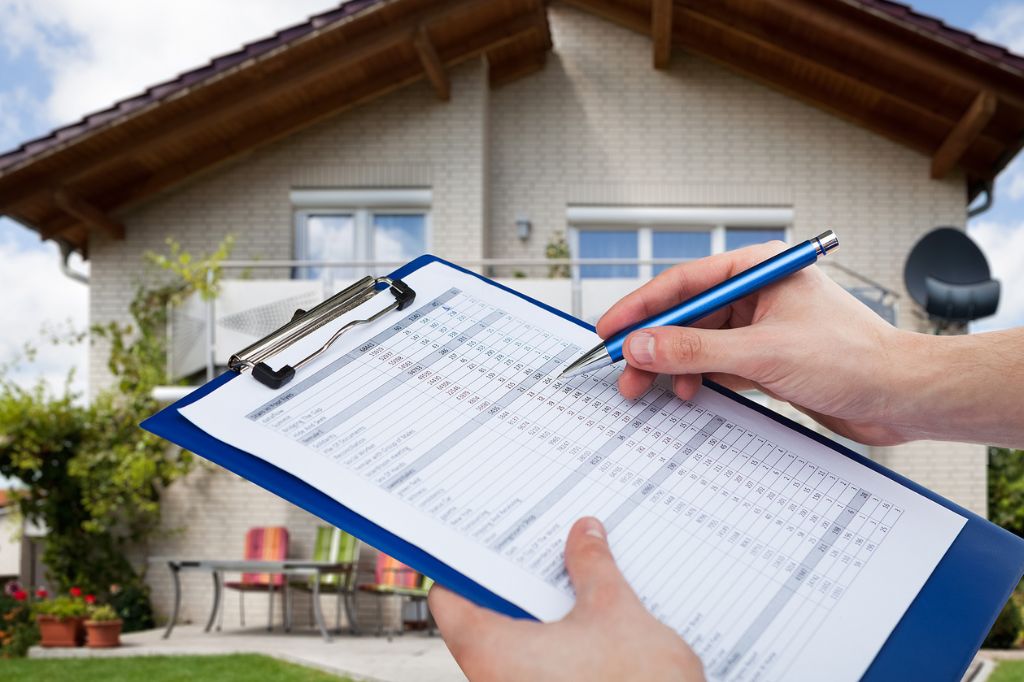When purchasing a home, assessing its exterior is way more important than looking into the interior. Mean, who would check the interior after a bad impression of the exterior of the property? You can expect better inside when your home’s exterior curb appeal is good. That’s what an exterior property inspection does.
There are several important reasons to get an exterior inspection.
First things first, it provides critical information about your home’s condition. Which will help you inform the purchasing decision. It is also a baseline for the external components. So current and future owners, might be you, understand the status and can monitor changes. Having these inspections, you can also determine potential repair costs that may impact price negotiations with the sellers.
Ally Property Inspections guides you through the elements checked during an exterior property inspection.
With an exterior inspection, one can thoroughly evaluate the outside elements of a home. You can identify any issues or necessary repairs. This will prevent you from unwanted surprises after moving in. It also helps buyers make an informed decision about their investment or maintenance budget.
But what exactly should you expect during an exterior inspection?
What elements will be closely examined?
Here’s your
The Ultimate Exterior Property Inspection Checklist
During an exterior property inspection, the inspectors will thoroughly evaluate all facets of the exterior property. They may start off with the general elements like the roof, siding, windows, and doors. After that, the inspectors assess your home’s outdoor structures, such as decks, patios, fences, and sheds.
Other elements like landscaping, utilities, and safety features are also passed through extensive examination. The exterior property inspection checklist also includes miscellaneous items like pools and spas, HVAC units, outdoor ventilation, trash, and recycling. People also consider exterior property inspections for winter preparations or summer maintenance.
Let’s get into the details of the elements being inspected during an exterior property inspection.
General Elements
The inspector examines the home’s general exterior components as one of the most important areas. These elements are important in the structure and protection of the home. Thoroughly examining these critical elements provides useful insights into the home’s condition. And it also identifies any urgent repairs.
Curb Appeal
Your home’s curb appeal matters because it puts the first and last impression on your visitors. The curb appeal is not limited to whether your home’s outer walls have stucco or tiles. Instead, many more elements count.
For instance, the exterior paint or finish condition is very noticeable. Also, the quality of your landscape. These aspects combine to drop or uplift your home’s overall aesthetics. While minor curb appeal issues may not raise major concerns. But they could still result in negotiating a lower price. And you wouldn’t want that for sure.
Exterior Walls
The exterior property inspectors will visually examine the other elements on your exterior walls. These elements include siding, trim, eaves, and chimneys. They will look for any damaged areas like rotting wood, cracking, and any indications of structural issues. The exterior walls are also important in protecting your home from weather and pests.
Roof
The age, material, and condition of your roof also count when assessing the exterior. The inspectors look for any cracked, missing, or damaged shingles or tiles. They will also examine your roof for any signs of leaks. If you leave your roof and its issues unchecked, you can face severe water damage.
Gutters and Downspouts
The gutters and downspouts need to control rainwater runoff effectively. The exterior property inspectors check for proper slope, any blockages, and leakage points. If your gutters are in poor condition, it can lead to water pooling and moisture issues.
Windows and Doors
Inspecting the exterior, how can windows and doors be left behind? When your windows and doors are faulty, they waste more energy and invite pest infestations. The inspectors examine the windows and doors for their functional, structural, and security features. They will also look for any damages or issues with windows and doors. This may include rotting wood, weather stripping, cracked glass, and more.
Foundation
The foundation is visually checked for large cracks or shifts. These issues may indicate deeper structural flaws. Minor cracks are common. But large ones can signify foundation problems.
Outdoor Structures
When conducting an exterior property inspection, there are many outdoor structures that must be examined in detail. These outdoor structures include a deck, patio, fences, gates, and garage. When you assess these structures regularly, you’ll be able to identify any problem timely. And can manage the repair needs. This will eventually protect your home’s marketability.
Let’s go through each of these outdoor structures.
Deck and Patio
The deck and patio are important gathering areas for homeowners. An exterior property inspection checklist includes checking the deck and patio for any wear and tear or damages. When you maintain them properly, they’ll protect your home’s overall value. And also prevent any injuries down the road.
The inspectors examine the deck and patio for rotting wood. This happens when the wood starts turning soft and dark. And you will immediately need to replace them. They will also examine the deck and patio for several damages, such as loose railing, missing nails or screws, cracks, or deterioration.
During the exterior property inspection, improper drainage is also checked. As they can cause long-term problems. The inspectors make sure water flows away water flows away from the house. Lastly, the inspectors strictly observe the security features of the decks and patios. This includes looking for loose boards, low railings, and other safety risks.
Fences and Gates
Fences and gates provide privacy, security, and boundary lines. When you conduct regular exterior property inspections, your fences and gates will be protected from several damages. And it will prevent you from costly and repetitive repairs later.
During the inspection process, the inspectors look for any loose posts. They will check if fence posts are firmly in the ground or cracked and damaged. After that, they will look for any broken boards. These boards should be sturdy with no splintering or holes.
The inspectors also look for any rusty nails. And make sure they are galvanized or stainless steel to resist rust. Your fences and gates will also be examined for sagging, posts that bend, or gates that drag. They indicate a loose fence or posts needing realignment.
Landscaping
The landscaping is examined for any dead or damaged trees and shrubs. The inspectors also look for bare patches in the lawn. And highlight any areas where water pools indicate drainage issues. After the exterior inspection, you can upkeep your landscape in the right direction. This will increase its curb appeal and prevent water damage.
Utilities
The exterior electrical and plumbing components are also included in the exterior property inspection checklist. The inspectors will examine these utilities for damage, leaks, rust, frayed wiring, and other issues. They will identify any repairing problems with utilities. That will eventually prevent major damage or failures in the future.
Safety and Security
The inspectors will assess the proper lighting and security elements. This includes elements like locks and alarms to ensure safety. They will inspect the lighting fixtures for burnt-out bulbs or damage. The inspections also cover checking all locks. The inspectors verify if they work properly and if alarms or security systems function.
Miscellaneous
The exterior property inspection covers the miscellaneous outdoor elements as well. This may include the pool and spa, HVAC units, ventilation, and waste disposal. The inspectors will check for any damage, leaks, blockages, or other issues.
Seasonal Considerations
Depending on the season, inspect your property’s exterior beforehand. You’ll need an exterior property inspection for proper winter storm preparations or necessary summer maintenance. Winterizing protects your home’s pipes, caulking windows, trimming trees, etc. On the other hand, summer tasks involve cleaning gutters and checking foundations for cracks.
The Bottom Line
A comprehensive exterior property inspection checklist involves the in-depth assessment of all outdoor structures, utilities, landscaping, seasonal needs, and safety features. It identifies issues early before they become costly repairs.
We suggest getting an exterior property inspection on and off. So you can constantly keep a check on the condition of your home’s exterior. Scroll through the blog section to explore more valuable content on inspections.


